Optimal Timing for Wood Ramp Repairs
Timing plays a crucial role in the effectiveness and longevity of wood ramp repairs. The optimal period for conducting repairs depends on climate conditions, material availability, and project urgency. Proper timing ensures that repairs are completed under favorable weather conditions, minimizing the risk of delays and material degradation.
Spring offers mild temperatures and lower humidity, ideal for wood repairs and sealing. It allows proper curing and reduces the risk of moisture-related issues.
Summer provides longer daylight hours and warmer weather, suitable for finishing repairs. However, high temperatures and humidity can affect drying times.
Fall can be suitable if temperatures remain moderate. Repair work during this season allows preparation for winter conditions.
Winter is generally not recommended due to cold temperatures, snow, and increased moisture, which can hinder curing and cause damage.

Spring is optimal for repairs due to favorable weather.
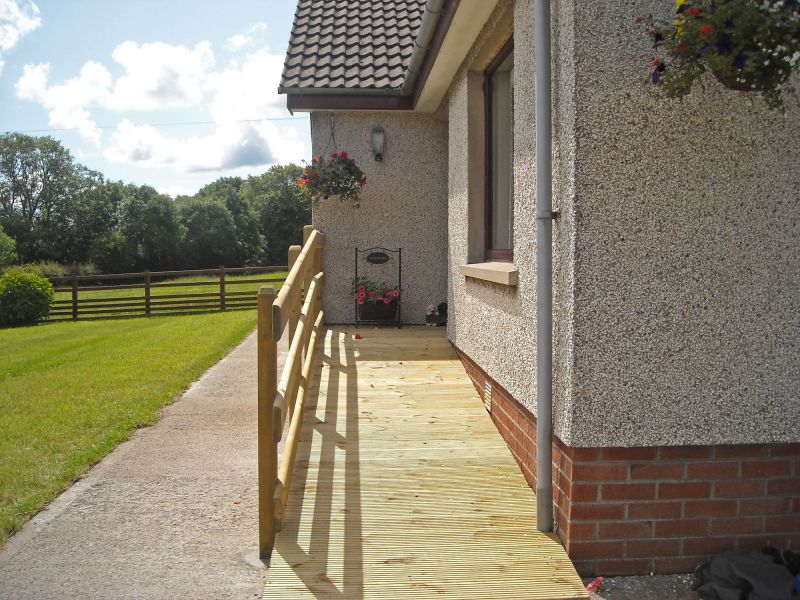
Summer offers extended daylight for completing projects.
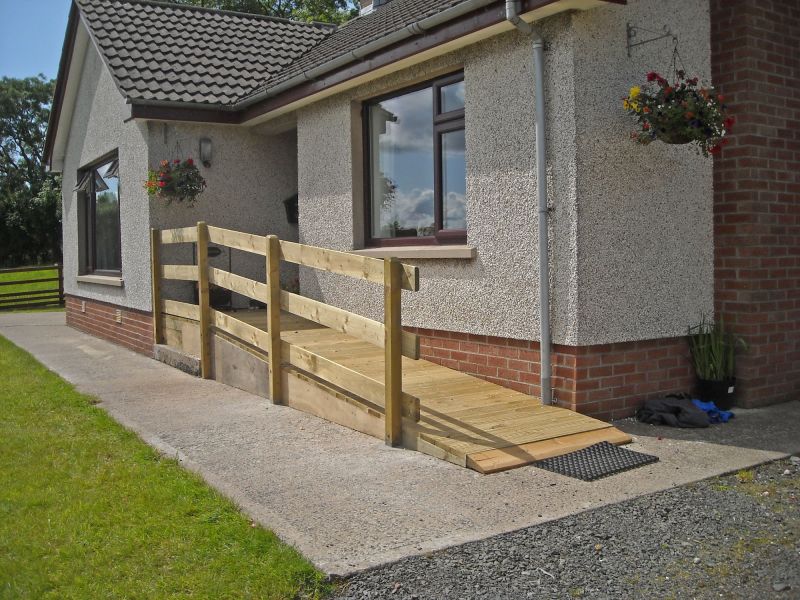
Fall allows for preparation before winter conditions set in.
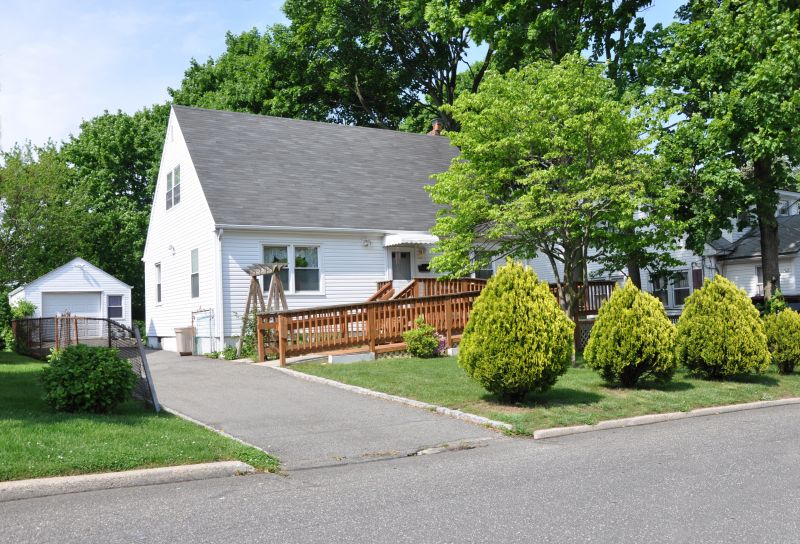
Ways to make Wood Ramp Repairs work in tight or awkward layouts.

Popular materials for Wood Ramp Repairs and why they hold up over time.

Simple add-ons that improve Wood Ramp Repairs without blowing the budget.

High-end options that actually feel worth it for Wood Ramp Repairs.
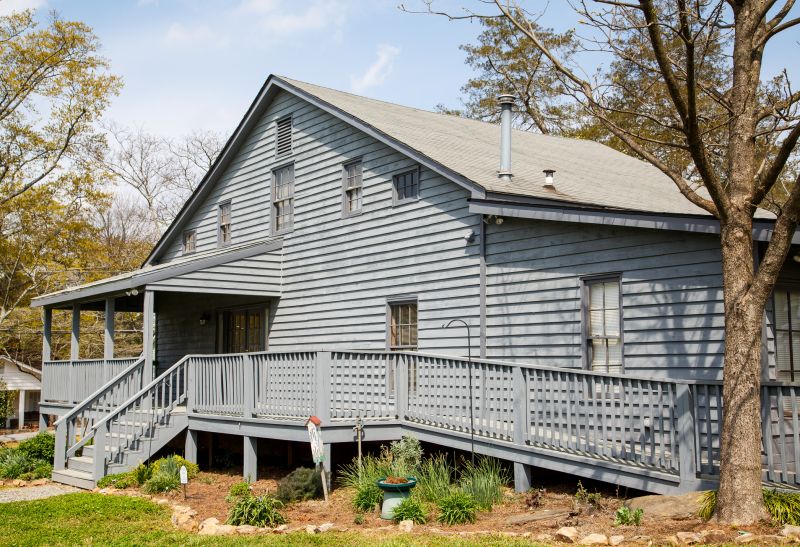
Finishes and colors that play nicely with Wood Ramp Repairs.
| Season | Best Repair Conditions |
|---|---|
| Spring | Moderate temperatures, low humidity, ideal for sealing and painting. |
| Summer | Warm weather, longer days, suitable for finishing work. |
| Fall | Moderate temperatures, good for preparing for winter. |
| Winter | Cold temperatures, snow, and moisture generally unsuitable. |
Wood ramp repairs involve assessing the condition of the existing structure, replacing damaged or rotting wood, and applying protective coatings to extend lifespan. Proper timing ensures that repairs are effective and durable, reducing the need for frequent maintenance. Regular inspections and timely repairs can prevent minor issues from escalating into major structural problems.

Inspection, removal of damaged wood, and replacement with treated lumber.
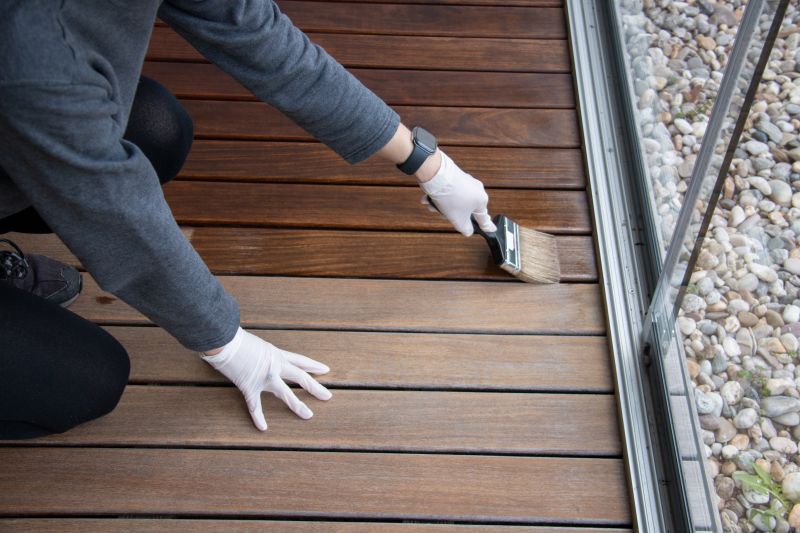
Sealing and staining to protect against moisture and decay.

Completed repair with protective finish applied.
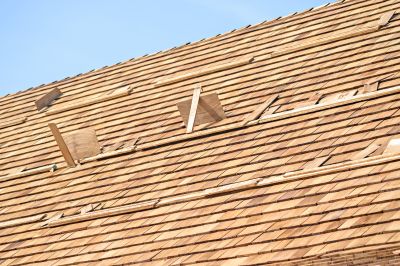
Regular checks to identify early signs of damage.
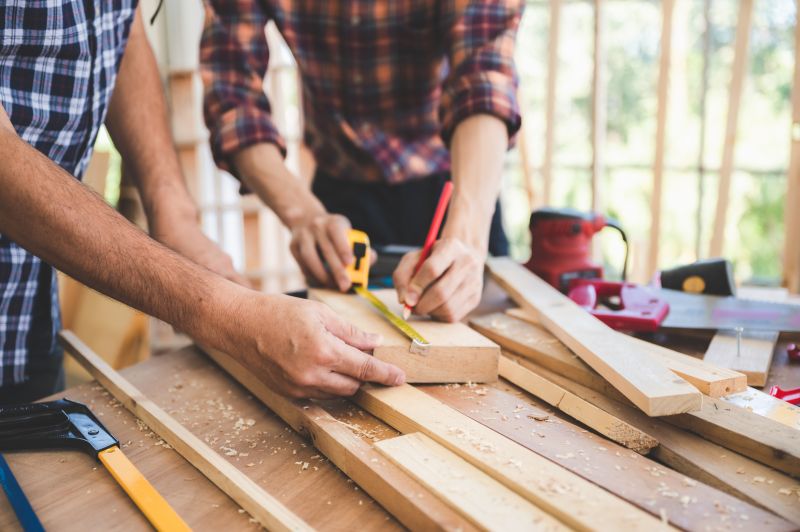
Little measurements that prevent headaches on Wood Ramp Repairs day.
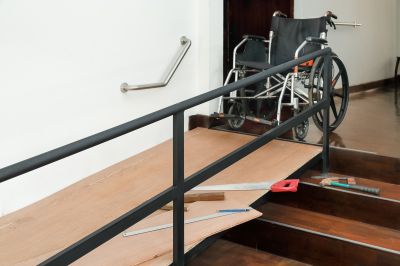
A 60-second routine that keeps Wood Ramp Repairs looking new.
Timely repairs of wood ramps can significantly extend their usability and safety. Proper planning around seasonal weather patterns ensures that repairs are not only effective but also cost-efficient. Consulting with professionals can help determine the best timing based on local climate conditions and specific project requirements.
Interested in scheduling repairs? Fill out the contact form for assistance.
